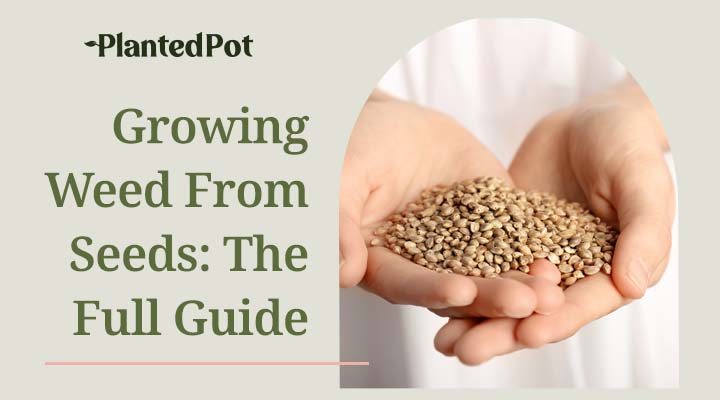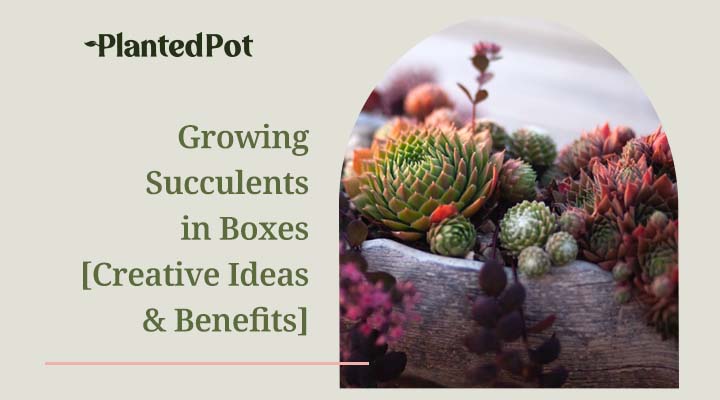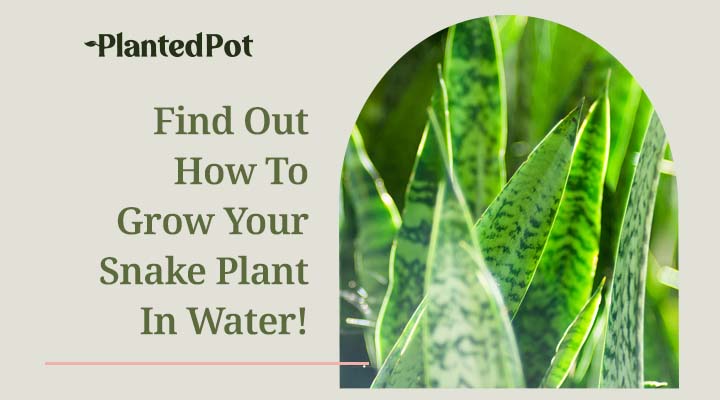
How to Get Rid of Whiteflies: 6 Easy Steps To Pest Free Plants
Home / How to Get Rid of Whiteflies: 6 Easy Steps To Pest Free Plants
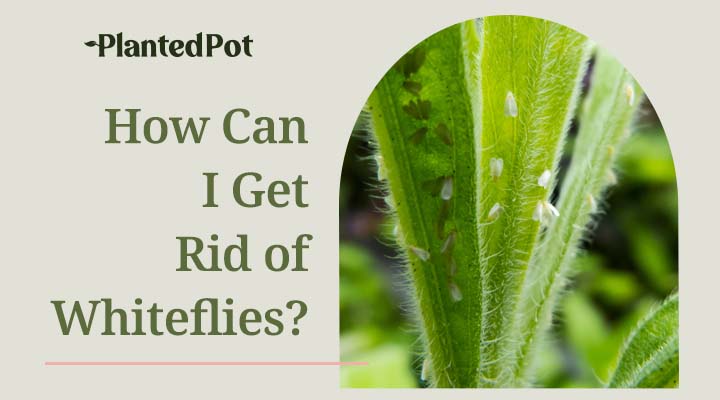
How to Get Rid of Whiteflies: 6 Easy Steps To Pest Free Plants
- Olivia Richman
- October 6, 2021
- 12:58 pm
- No Comments
Whiteflies are no fun for you or your plants. You’ve probably seen them fluttering about or maybe crawling underneath their precious leaves, destroying them in the process. Thus, figuring out how to get rid of whiteflies is essential.
Luckily we have an abundance of natural and safe ways to remove whiteflies from your plant. But first, you should try to identify if the pests you see on your plants are even whiteflies at all. We have all the information you need to identify whiteflies and remove them from your home.
What Are Whiteflies?
Whiteflies are, surprisingly, not a type of fly! Instead, they are a frustrating garden pest that plant owners dread — natural predators of your favorite host plants.
This soft, winged insect is related to aphids and mealybugs (beneficial insects), reaching 1/12 of an inch. There are hundreds of species of whiteflies, most of which only affect a small number of plants. But a few whitefly species and bugs impact a wider range of plants, making them very problematic. These types are:
- Greenhouse whiteflies
- Bandedwinged whitefly
- Giant whitefly
- Silverleaf whitefly
The most common infested plants by the dorsals of a White fly are indoor plants (particularly tomatoes) and inside greenhouses. They are often found in thick crowds underneath a plant’s leaves. They are sap-sucking insects, stunting the plant’s growth and weakening them.
Are Whiteflies Common?
Whiteflies are a common pest, especially when it comes to greenhouses and indoor plants. In warmer regions, whiteflies may impact even more plants, including the ones grown in outdoor gardens. This makes whiteflies a pest for both indoor and outdoor plants. You’ll start to see them in mid to late summer when it’s warm and humid.
In USDA Zone 7 and colder, whiteflies won’t survive outside during the winter. This is often why they are found in homes and greenhouses —they’re seasonal outdoor pests in these regions. Always inspect plants before bringing them home.
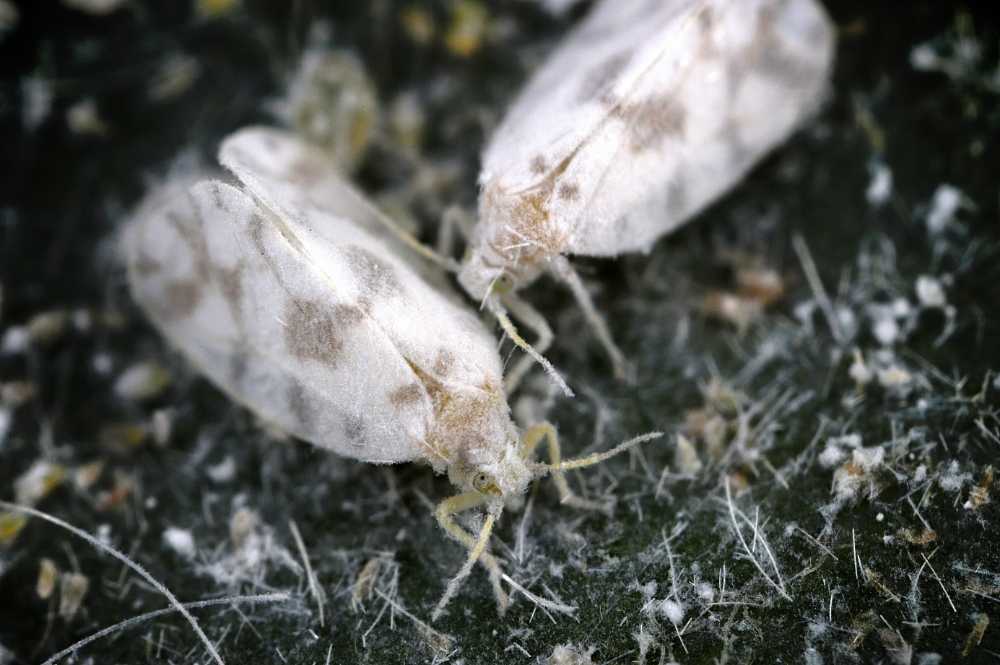
Can Whiteflies Harm My Plants?
Yes! Whiteflies are very dangerous to your plants because they suck the juices from them. This stunts the plant’s growth since it takes away their nutrients, weakening them and stunting their growth. You’ll notice the leaves turning yellow and shriveling. They’ll often drop prematurely.
Whiteflies also cause indirect damage to plants. They may transmit diseases to plants through their mouth when they suck on the plant. They also excrete a substance that becomes a sticky coating on the plant. It’s colonized by a “sooty mold” fungus that can stress the plant out by preventing light from reaching its leafy surfaces.
Whiteflies are extra harmful because of their efficiency. They have a quick flight pattern that allows them to escape to other plants. They also hide underneath leaves, causing them to go undetected until there are many. Whiteflies lay a lot of eggs! They multiply very quickly since they mature so fast. Whiteflies mature from the egg stage to adults in 16 days, allowing them to lay new eggs.
How Do Whiteflies Form?
A lot of plant owners are confused when they notice whiteflies buzzing around their plants. How did they get onto the plant in their living room? Through a window?
The most common way that whiteflies get on your indoor plants is actually from an infested greenhouse or nursery. Since they hide under the leaves, they can sometimes go undetected as you bring the plants into your house. Young nymphs overwinter on the leaves of your houseplant. Around late spring, adult females will deposit 200 to 400 eggs in circular-shaped clusters underneath the leaves near the top of the plant.
The eggs will then hatch in five to 10 days. They start off looking like little mealybugs and are called “crawlers.” They get that name because they move a short distance from the egg cluster and then flatten themselves on a leaf to start eating. They don’t move for the next few stages of their life.
After that, young adults emerge from repeating this cycle. This is a very quick process, which is why it’s so easy for whiteflies to infest a plant. There are many generations of whiteflies each year, with adults living for one to two months.
Which Plants Are Susceptible to Whiteflies?
Houseplants and food crops are the most commonly affected plants when it comes to whiteflies. These food crops listed below are most susceptible:
- Beans
- Citrus
- Cucumber
- Eggplant
- Peppers
- Squash
- Grape
- Okra
- Tomatoes
- Potatoes
Similarly, many ornamental and houseplants grown indoors are targeted by whiteflies looking to feast on a plant. These include:
- Hibiscus
- Roses
- Begonia
- Fuchsia
- Petunia
- Poinsettia
- Salvia
Are Whiteflies Hard to Get Rid Of?
Whiteflies propagate rapidly, making it very difficult to get rid of them once they have targeted your plant. They have a tricky flight pattern and can wreak havoc very quickly. But with persistence and patience, you can get rid of whiteflies on your houseplants.
How to Tell if You Have Whiteflies
The first step to getting rid of whiteflies is identifying if you have a whitefly infestation. Here are some ways to find out if you are dealing with whiteflies. If you can see the creatures themselves, you can use their appearance to identify if they are whiteflies or not. They are usually around 1/16 inches long with powdery white wings, a round body, and a short antenna.
You can also identify whiteflies by their location on the plant. They are usually found near the top of the plants and the end of the stem. Young whiteflies in the “crawler” stage are usually found underneath the leaves where they attach themselves, flatten, and then start feeding.
The state of your plant can also leave hints if you can’t find the culprits. Whiteflies leave sticky excrement all over your plant, which results in being covered in black, sooty mold. This will sometimes attract ants, so keep an eye on other insects around the pot. Your plant will also have wilted, yellow leaves and leaves that have fallen off, resulting in a stunt in growth.
How to Get Rid of Whiteflies
There are luckily many natural remedies that can free your plant of whiteflies. It’s always best to try these processes first to avoid using harsh chemicals. Sometimes these can further damage your plant since they are already weak from the whiteflies taking their nutrients. Here are some ways to get rid of whiteflies.
Simply Spray Them Away
Every morning and evening, check your houseplants for whiteflies by looking at the bottom of each leaf. If you notice eggs or winged, white critters, you’ll need to deal with them as fast as possible.
The first thing to try is using a spray bottle full of water to dislodge the nymphs and eggs. This will also cause adult whiteflies to scatter. You can even add insecticidal soap to the water in the spray bottle or just everyday dish soap. Spray underneath each leaf. You may have to do this two to three times. Spray during cooler temperatures, usually late in the day.
Try a Stronger Spray
If water and soap aren’t doing the trick, try a horticultural oil to rid your plant of whiteflies. Plant owners recommend neem oil or even something like Bonide All-Seasons Horticultural and Dormant Spray Oil. These will deal with all life stages of the whitefly.
You can also try a pyrethrin-based spray that contains pyrethrin and a fatty agent. These fats or oils coat the whitefly eggs and nymphs, smothering them. The pyrethrin poisons all life stages; Luckily these are generally safe for plants.
Suction Them Off
When the whitefly population is very persistent, try using a handheld vacuum every few days to gently remove the eggs and bugs from your plants. After cleaning off your plants, don’t empty the vacuum into the trashcan or anywhere inside your home. You don’t want the whiteflies to find their way back to the plants.
Use Nature to Your Advantage
There are a lot of insects that love to snack on whiteflies! Ladybugs, dragonflies, and the whitefly parasite wasp will eat whiteflies off your plants. So will hummingbirds if your plants are outside! A lot of these bugs, like ladybugs, can be purchased to help your plants.
Try Yellow Sticky Traps
Yellow sticky traps help control pests, including whiteflies. They are attracted to the yellow color only to become stuck to the glue-like surface of the trap. You can also make your yellow sticky trap by coating a yellow index card with petroleum jelly, placing it near your plant.
Prune Your Plant
Whiteflies often feed on one leaf at a time. They will suck out all the leaf’s juices before moving to the next one. The plant will send energy to the damaged leaves until they are removed.
If you have noticed that certain portions of your plant are more infested than others, consider pruning areas and place them in a sealed plastic bag. You should also remove parts that are covered in honeydew, the fluid secreted by whiteflies. Clip the area off with pruning shears. Remove it from your home. Please don’t throw it away inside and do not compost.
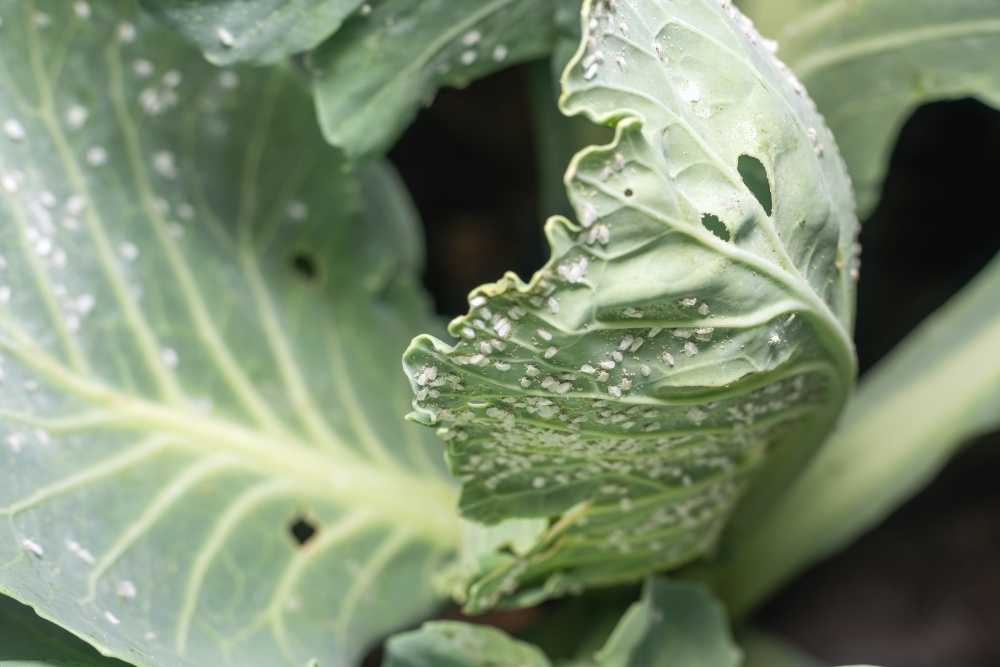
Final Thoughts – How to Get Rid of Whiteflies
Whiteflies are frustrating to deal with and are hard to get rid of due to their crazy flight patterns and fast life cycle. They multiply faster and faster, creating a very stressful situation.
But there is luckily an abundance of natural, safe ways to deal with whiteflies once you’re certain that’s the pest you’re dealing with. Snipping off infested areas, spraying your plant with water, and putting up sticky traps are all ways to rid your plant of whiteflies without damaging your houseplants.


